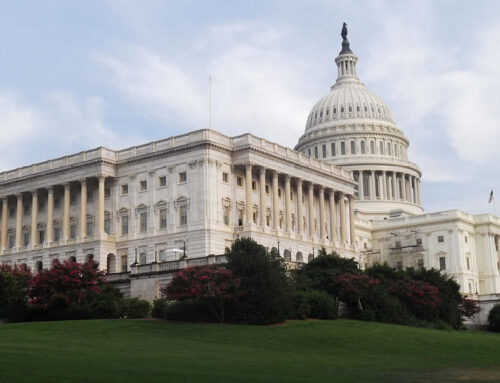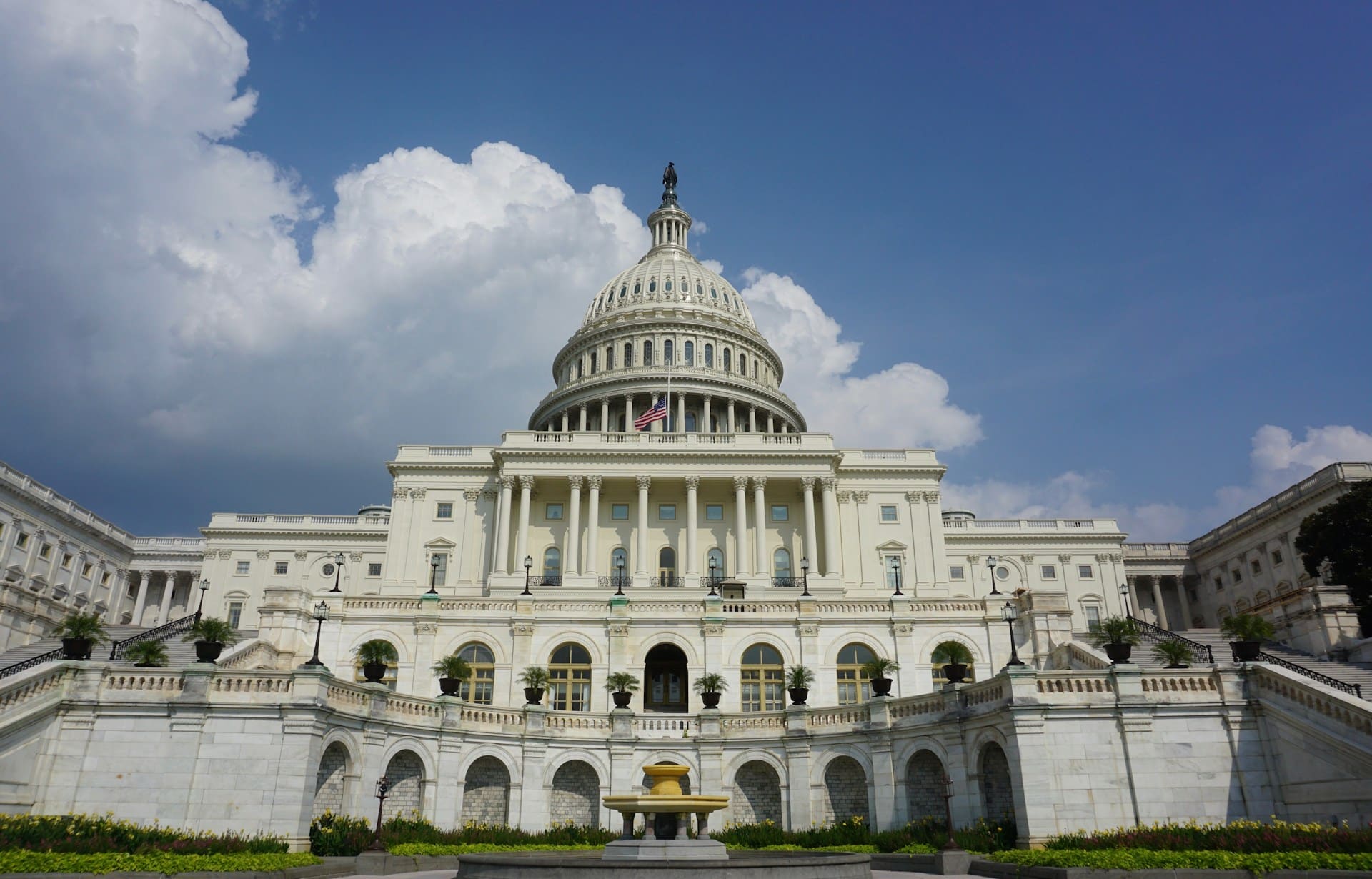On September 8, 2023, the Congressional Budget Office (CBO) released a report detailing long-term projections for the United States’ gross federal debt. This report was commissioned in response to a request from Budget Committee Chairman Jodey Arrington (R-TX).
Key Findings:
- By the end of fiscal year 2023, gross federal debt is projected to amount to 124% of GDP, increasing to 129% by the end of 2033. By 2053, this debt is estimated to reach an alarming 192% of GDP.
- Gross federal debt comprises both debts held by the public and by government accounts. Currently, the former makes up nearly 80% of the gross debt, while the latter holds the remainder.
Understanding Gross Federal Debt:
- Debt Held by the Public: This indicates the degree to which federal borrowing impacts the availability of private funds for other borrowers. Presently, domestic investors own approximately two-thirds of the outstanding debt the public holds. This debt is typically held in Treasury Bills, Bonds, and other Securities.
- Debt Held by Government Accounts: About 90% of this debt is in federal trust funds, primarily for Social Security, retirement programs for federal employees and military personnel, and Medicare. These funds essentially serve as an accounting mechanism. Their balances signify the amounts the government is legally authorized to spend for specific purposes, but they do not directly indicate the government’s overall financial health.
While gross federal debt provides a snapshot of the government’s financial position, it can sometimes offer a counterintuitive perspective. For instance, as the Social Security program’s outlays surpass its revenues, the gross debt may appear less than anticipated even as the government’s financial standing becomes more strained. Furthermore, the amount of debt held by trust funds and other government accounts doesn’t always mirror a program’s future liabilities. For instance, with its anticipated high outlays, Medicare holds comparatively little government debt in relation to its forecasted obligations.









Get Social